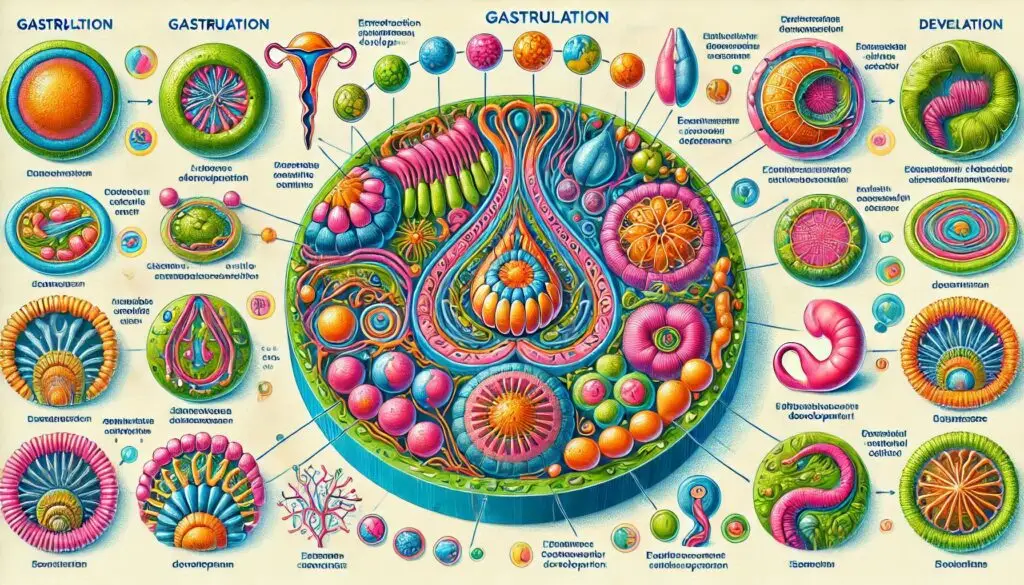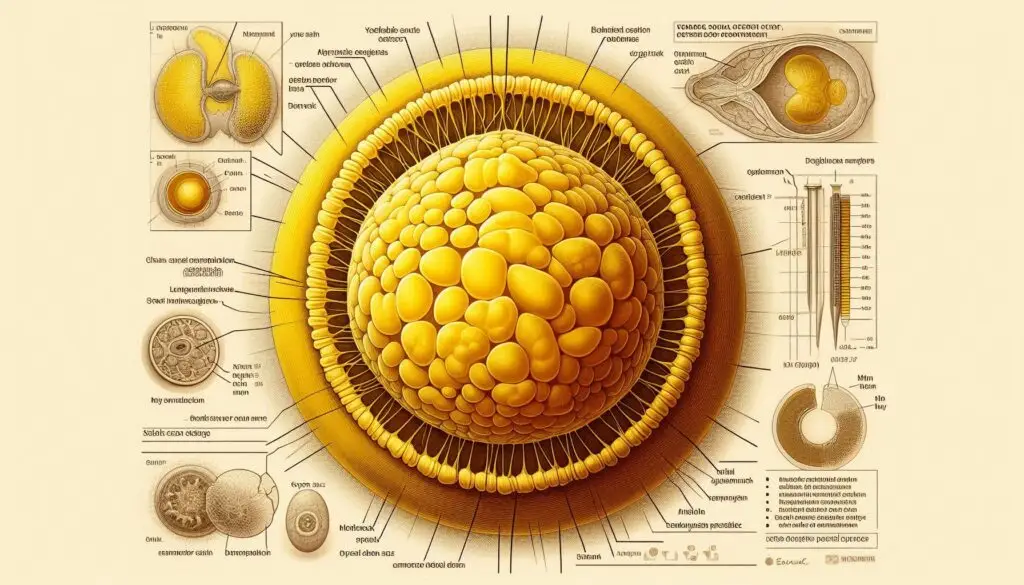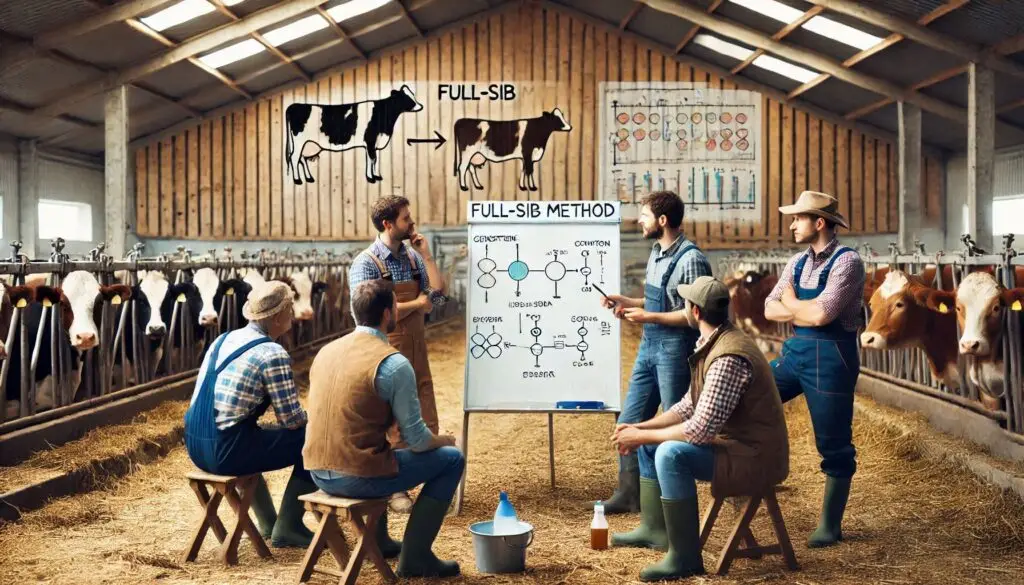Extraembryonic Membranes in Bird

Understanding Extraembryonic Membranes
Extraembryonic membranes are specialized structures that form outside the embryo during development. They provide essential support, including nutrition, waste management, and protection. In birds, four primary extraembryonic membranes exist: the amnion, allantois, yolk sac, and chorion.
The Amnion: Protection and Cushioning
What is the Amnion?
The amnion is a thin, protective membrane that surrounds the embryo. It creates an amniotic cavity filled with fluid. This fluid plays a vital role in protecting the embryo from physical shocks and dehydration.
Functions of the Amnion
- Cushioning: The amniotic fluid acts as a shock absorber. It protects the developing embryo from sudden movements or impacts.
- Temperature Regulation: The fluid helps maintain a stable temperature around the embryo, which is crucial for proper development.
- Facilitating Movement: The presence of fluid allows the embryo to move freely within the egg. This movement is essential for muscle development.
For more detailed information on the amnion’s role in embryonic development, you can visit National Geographic.
The Allantois: Waste Management and Respiration
What is the Allantois?
The allantois is another critical extraembryonic membrane that develops alongside the embryo. It serves multiple functions related to waste management and respiration.
Functions of the Allantois
- Waste Storage: The allantois collects waste products produced by the embryo. This function prevents toxic buildup within the egg.
- Gas Exchange: As the embryo grows, the allantois fuses with the chorion to form a larger surface area for gas exchange. This adaptation allows oxygen to enter and carbon dioxide to exit.
- Nutrient Absorption: In some species, the allantois also aids in nutrient absorption from the egg yolk.
To learn more about how the allantois functions in avian embryos, check out this article from ScienceDirect.
The Yolk Sac: Nutrient Supply
What is the Yolk Sac?
The yolk sac is an essential structure that provides nutrients to the developing embryo. It contains yolk, which is rich in proteins and fats necessary for growth.
Functions of the Yolk Sac
- Nutrient Storage: The yolk sac stores nutrients until they are needed by the embryo.
- Nutrient Absorption: As development progresses, blood vessels develop within the yolk sac to transport nutrients directly to the embryo.
- Initial Energy Source: Before hatching, the yolk sac serves as a primary energy source for the growing chick.
For more insights into how yolk sacs function during embryogenesis, visit Britannica.
The Chorion: Outer Protective Layer
What is the Chorion?
The chorion is the outermost membrane that encases all other extraembryonic membranes and the embryo itself. It plays a significant role in respiration.
Functions of the Chorion
- Gas Exchange: The chorion facilitates gas exchange between the developing embryo and its environment.
- Protection: It acts as a barrier against pathogens and physical damage.
- Fluid Regulation: The chorion helps regulate water loss from within the egg.
To explore further about chorionic functions in avian embryos, refer to Nature.
Importance of Extraembryonic Membranes
Extraembryonic membranes are vital for several reasons:
1. Supporting Development
These membranes provide essential support throughout embryonic development. They ensure that embryos receive adequate nutrition while managing waste effectively.
2. Adaptation to Terrestrial Life
Birds lay eggs on land rather than in water like many amphibians or fish. Extraembryonic membranes allow for a self-contained environment where embryos can develop without direct contact with water.
3. Enhancing Survival Rates
By providing protection from environmental stresses and facilitating nutrient absorption, these membranes increase survival rates for bird embryos.
Evolutionary Significance
The evolution of extraembryonic membranes represents a significant adaptation for terrestrial life among vertebrates. These structures have allowed birds to reproduce successfully in diverse habitats while minimizing risks associated with external environments.
Comparative Analysis with Other Species
Birds are not alone in having extraembryonic membranes; reptiles also possess similar structures. However, birds have developed unique adaptations that enhance their reproductive success on land compared to their aquatic ancestors.
For a broader understanding of evolutionary perspectives on extraembryonic membranes across species, you can read more at PLOS Biology.
Conclusion
In summary, extraembryonic membranes play crucial roles in bird development by providing protection, nutrition, waste management, and facilitating respiration. Understanding these structures enhances our appreciation for avian biology and evolutionary adaptations that allow birds to thrive on land.
More from Veterinary Anatomy:
Eyes in farm Animals






Responses